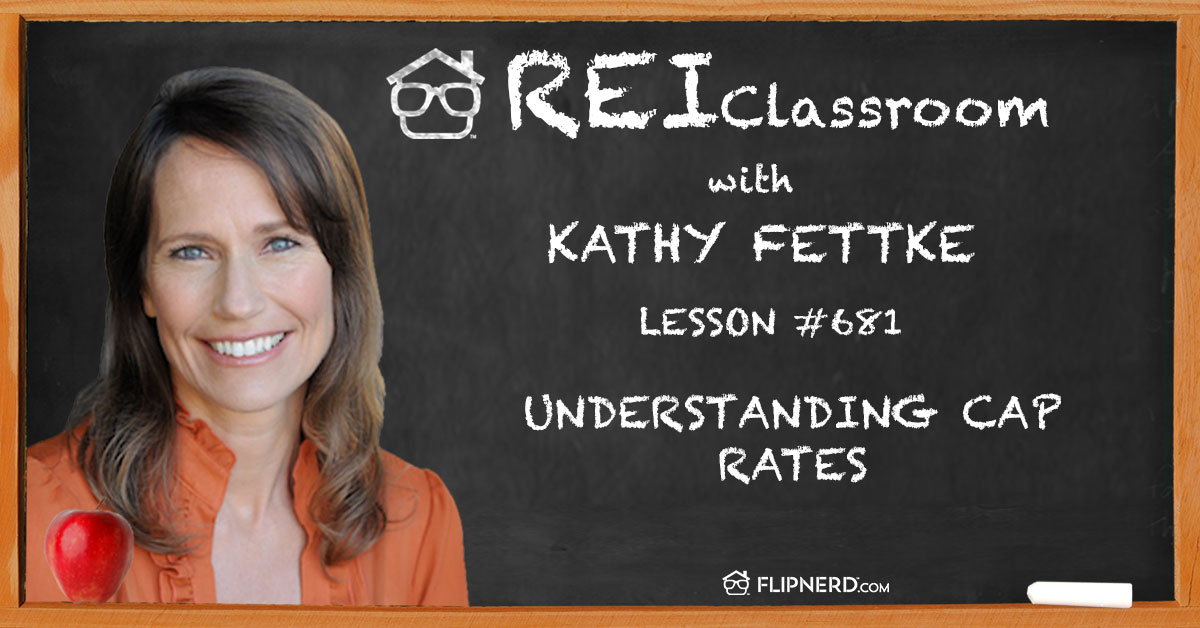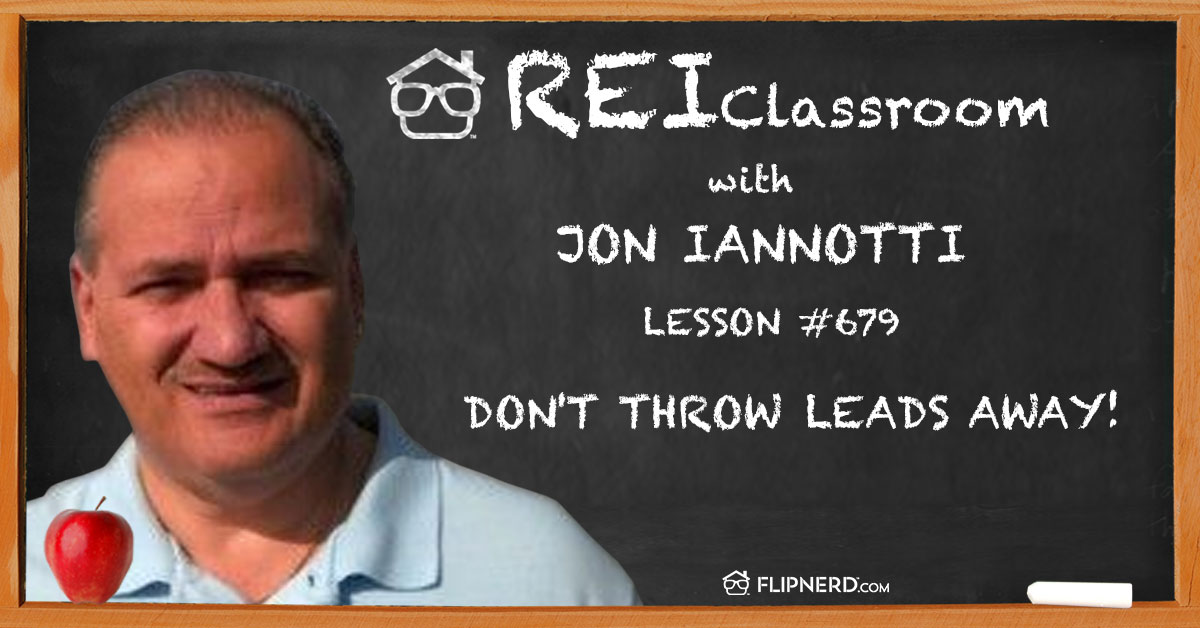Today’s REI Classroom Lesson
William Bronchick explains what partnerships, joint ventures, and syndications are, including how they work and what they allow you to do.
REI Classroom Summary
Learn more about roles and liability within different types of partnerships. William goes over multiple scenarios to help better understand the types of partnerships.
Listen to this REI Classroom Lesson
Real Estate Investing Classroom Show Transcripts:
Mike: Welcome back to the flipnerd.com REI Classroom where experts from across the real estate investing industry teach you quick lessons to take your business to the next level. And now, let’s meet today’s expert host.
Bill: Hi, I’m Attorney Bill Bronchick, an instructor at flipnerd.com. In this video series we’re going to explore partnerships, joint ventures, and syndications, all different types of partnership investing.
Mike: This REI Classroom real estate lesson is sponsored by FlipNerd Investor Coaching, your blueprint to investing success.
Bill: What is a partnership? How do we define a partnership? Well, some people would define a partnership as the guy with the money goes to the guy with the experience, and after the partnership is over, the guy with the experience has the money and the guy with the money has experience. That’s what I’m trying to help you avoid. But technically, legally, a partnership is when two or more people get together for the purpose of sharing profits and losses. That is, by definition, what a partnership is.
Now, there are all different types of partnerships, which we’ll get into in a minute. But why a partnership? Why would you do a partnership? Well, you might not have time. You might have resources but no time, and find someone who has the time, or you don’t have access to the deal. Someone else has the deal. Or you have a deal but you need money, someone else has money. Or you have a deal, or access to deals, and someone else has a crew who could fix up properties. So there’s lots of good fits for partnerships and why you would use a partnership for a deal.
You also spread out the risk if it’s a big project instead of going the whole thing yourself. You can go in what we call a syndication and bring other people in to the partnership as well. It also allows you to do more deals, and that’s really the bottom line here. We want to do more and more deals. By leveraging the efforts and resources and credit of other people, you’re able to do more and more deals in a partnership fashion.
So there’s an active role in a partnership versus a passive role in a partnership, and that’s what you have to decide right upfront when what is going to be your role and what’s going to be your partner or partners’ roles in the partnership.
Now, there are different types of partnerships. The definition I gave you earlier of a partnership being two or more people who go into business together with the expectation of sharing profits and losses, that’s under the Uniform Partnership Act which was adopted in some form or fashion in every state.
So there are rules even if you have no agreement. You can create a partnership in a written agreement, which you probably should. You can do it by a handshake in a verbal understanding. You can even do it, we call the accidental partnership, and this one’s tough. Because in partnerships, and specifically what we referred to as general partnerships, that’s where you and someone else or two or more someone else, go into business together, agreeing to share profits and losses.
So that means you are responsible as a partner for losses or lawsuits or mistakes that all your partners make. In a general partnership the liability is joint and everybody is liable, and it’s what’s called several joint and several liability. So with that, it means joint everybody is responsible. Several means every single partner is liable for the whole.
So if you only put up 10%, and your other partner put up 90%, and that was his or her last dime, and they screwed up, they could come after all the liabilities of you as a 10% partner and not just for 10% of the liability. You can get all the liability on you. So general partnerships are a pretty bad way to go, and we’ll explain in a moment how you should do a general partnership.
Then we have a limited purpose partnership which is referred to as a joint venture, JV. And same rules of partnership, meaning you’re in to share profits and losses, you’re guided under the rules of the Uniform Partnership Act, you’re liable for what they do, etc. But it’s a limited purpose, it’s a limited scope, so you’re not in business generally. You’re just in business for a specific time, or a specific project, or a specific deal.
So for example, A and B going together, one puts up the property, one puts up money. They buy a property, fix it, put it on the market to sell, split profits, deal is over. They divide up the money. That was a joint venture, and they’re not in business regularly.
But accidentally you can end up in a general partnership. So for example, let’s say A and B did that once, did that twice, did that three times, and B is the one with the, let’s say, the silent partner, the one with the money, and A is the active partner, the one doing all the rehabbing and finding the deals and so forth.
Let’s say that I ran into A at Home Depot, and I say, “Oh, hey, A, how is it going?” He goes, “Oh, it’s working out great. I’m rehabbing these properties with my partner B, and he’s funding the money and I’m doing the properties.” I say, “Oh, that’s interesting.” What impression have I been left with here by A? I’ve been left with the impression that they are partners, general partners, not just one deal at a time partners, joint venture partners.
So if I lent money to the partnership thinking I’m lending to A and B, and it turns out that they’re not in business together, B might be liable under what we call the accidental partnership, which means basically a court is going to say, “That’s a general partnership. It’s not a series of joint ventures.”
Then we have what’s called syndication partnerships which is a much bigger thing where we have multiple partners, maybe 20, 30 or more, each putting up money in a passive sense, and you and one other, or you, a few other people, are the syndicators, the one running the show. We’ll get to that in section three of this lesson.
So let’s first talk about the joint venture. The joint venture, I said, is a limited purpose partnership. It is governed by the Uniform Partnership Act of your state. So if you don’t want the default rules to come into play then what you should probably do is put together a joint venture agreement. So it’ll spell out things like, “You do this, I do that. You put up this, I put up that. If we have a disagreement, what’s the vote?” So on and so forth. Who gets to make decisions about this? Who gets to make decisions about that? Then usually it’s a good idea to have in one of those types of agreements, is what we call a triggering event and then a rule that follows.
So a triggering event could be something like somebody dies, gets divorced, files bankruptcy, becomes incapacitated, whatever, just a triggering event, like a serious triggering event. In one of those triggering events you could have a buyout rule. So if A decides to file bankruptcy, B has a right to buyout at a predetermined price or predetermined formula. Or if B decides to die, not decide to die, but if he dies then A can buy, automatically buyout the other half from the estate at a certain price.
Then of course, there’s what we call the what-if clauses. That’s usually 80% of a legal agreement. It’s not what goes right but what goes wrong. So if you don’t do this then this happens. If you’re required to put up money and you don’t, then you get a penalty. Or if you’re required to manage the property and you don’t, manage the rehab and you don’t, then there’s a penalty against you. So on and so forth.
So if you’re going to do a joint venture, by the way, liability A and B, are liable for each other jointly and severally, even though they’re not in business generally. But with regard to that project, they are jointly and severally liable. It’ll be a good idea to be an entity like an LLC or a corporation doing a joint venture with the other joint venture partners, corporation or LLC.
Now, a joint venture could be with three parties, it could be four parties. Typically, it’s two parties but it can be more than two. There has to be at least two to be a joint venture, or it’s a sole venture. A sole venture is just one person. So it’s a good idea to have that stuff. Be clearly defined as you can in writing so that you understand. If you don’t know how to draw one of those up, at least make an attempt or go to an attorney and have one drawn up. An ounce of prevention is worth a pound, or more than a pound, probably a ton of brick, later on if things go bad as they normally do in joint ventures.
Mike: The FlipNerd Investor Coaching Program is America’s most robust real estate investor training and designed for your success. If you’re ready to roll up your sleeves, ready to take personal responsibility for your own success, and ready to dive into a world-class instructional coaching program that provides you step-by-step instruction to help you achieve financial freedom, then you need to visit flipnerd.com/coaching to learn more. Spaces are limited. Whether your goal is to simply get started or to take your business to the next level, you may be a fit for our life-changing program. Learn more today at flipnerd.com/coaching.
Please note, the views and opinions expressed by the individuals in this program do not necessarily reflect those of flipnerd.com or any of its partners, advertisers, or affiliates. Please consult professionals before making any investment or tax decisions, as real estate investing can be risky.
Are you a member yet of flipnerd.com, the hottest real estate investing social community online? If not, you can join for free in less than 30 seconds and get access to hundreds of off-market deals, vendors in your market to help you in your business, and you could start networking with thousands of other investors just like you. Get your free account now at flipnerd.com.
Please check out the FlipNerd family of real estate investing shows where you can access hundreds of expert interviews, quick tips, and lessons from leaders across the real estate investing industry. They’re available at flipnerd.com/shows or simply search for FlipNerd in the iTunes Store.










